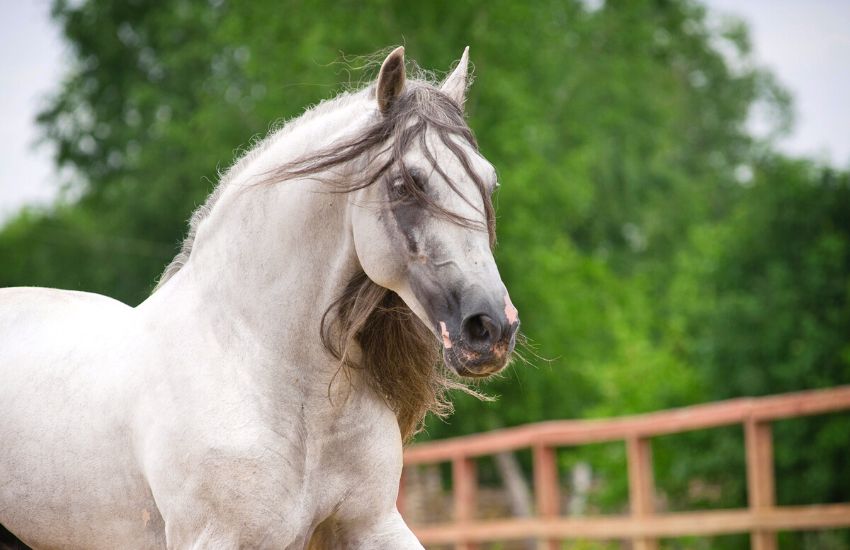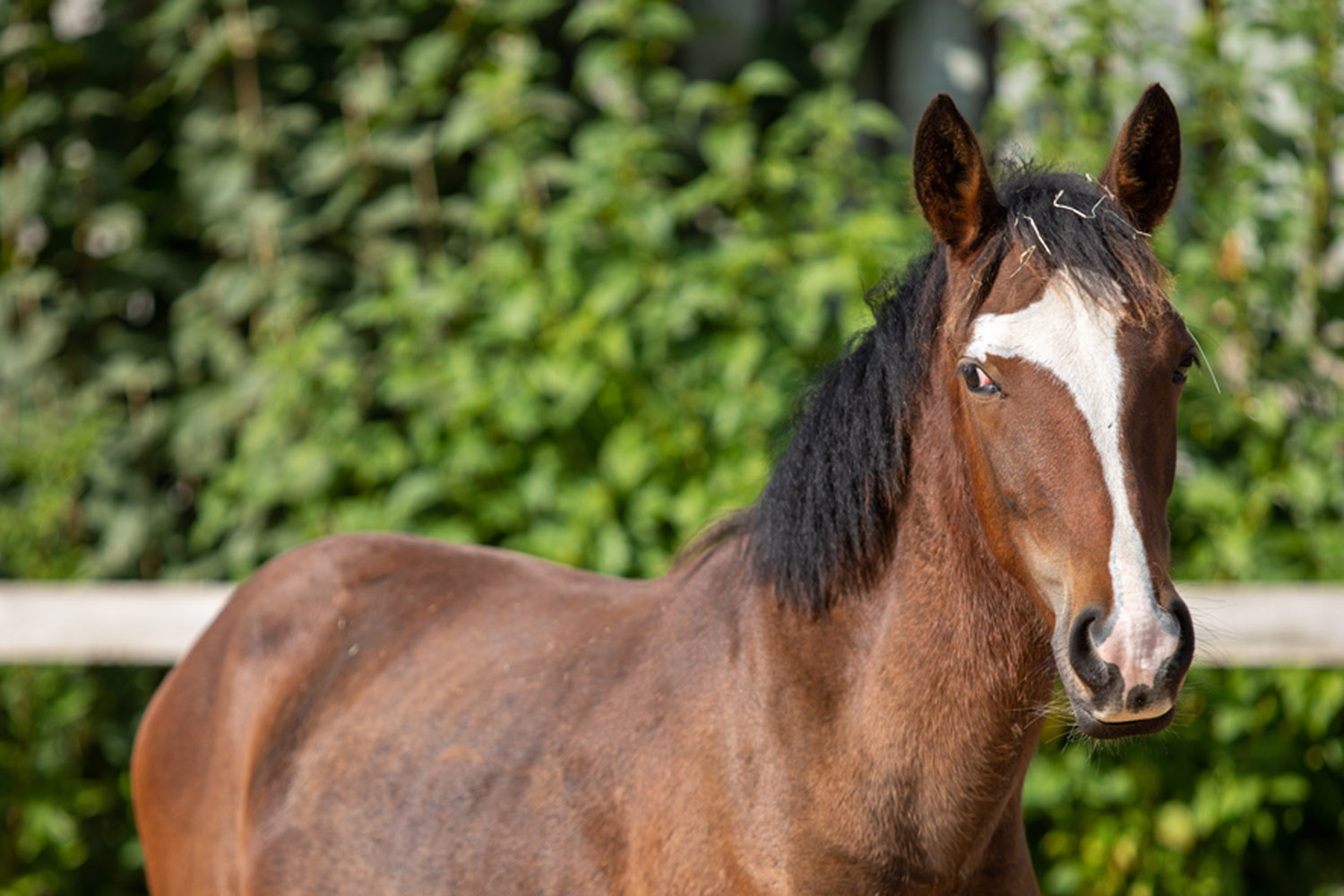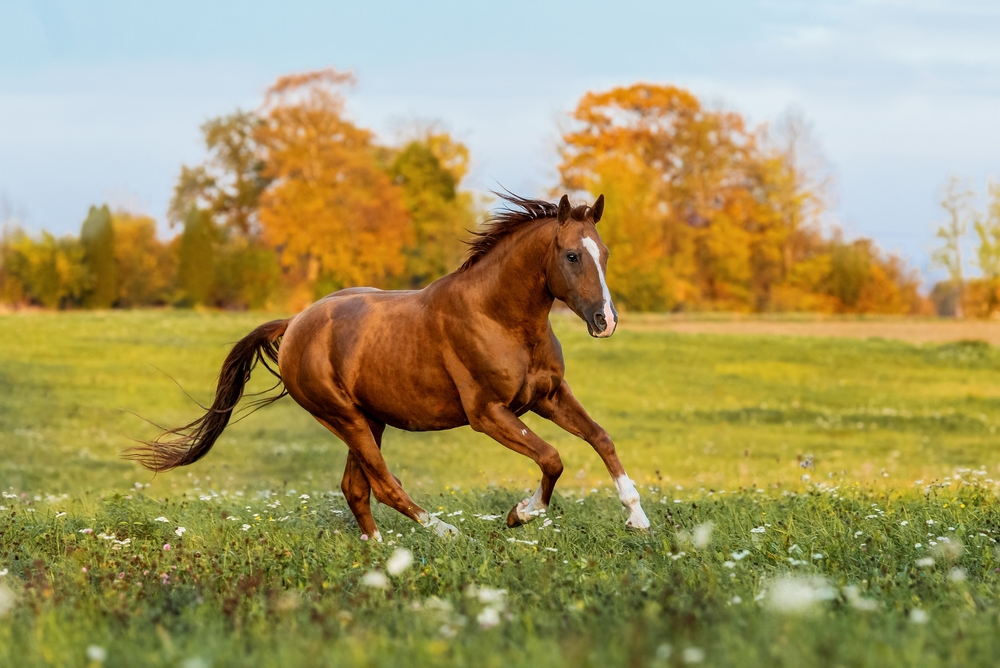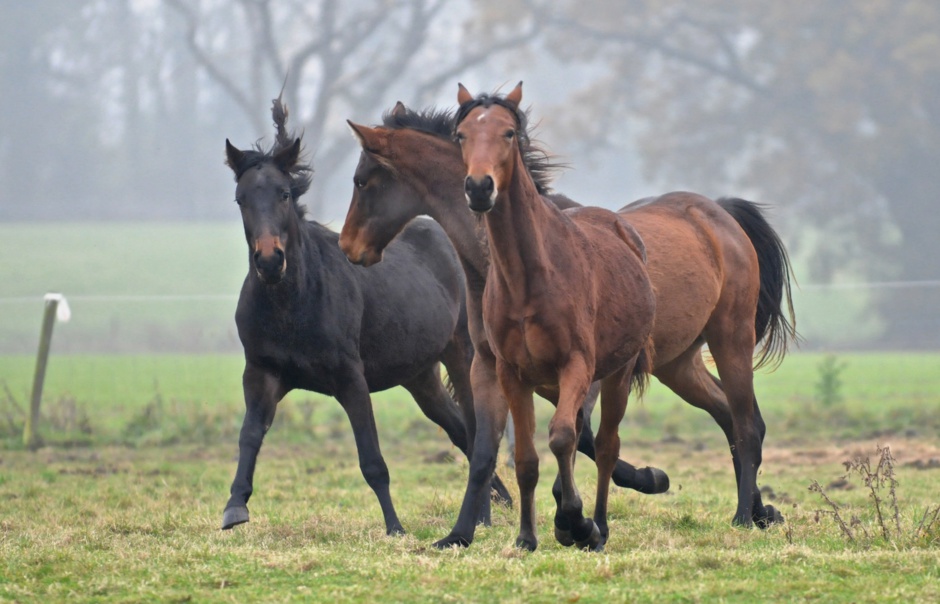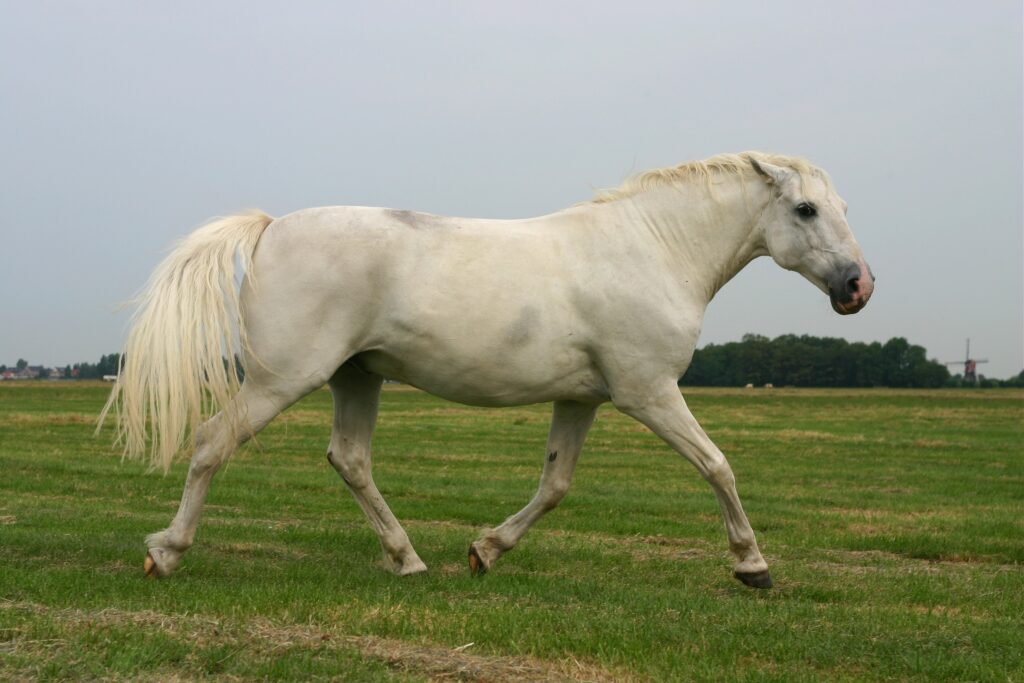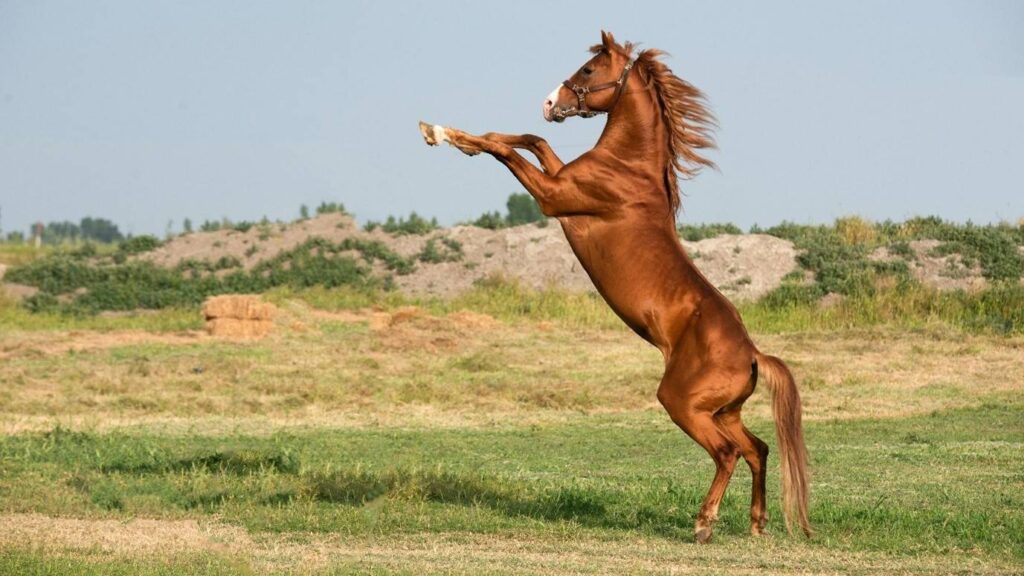The Andalusian horse, renowned for its graceful appearance and elegant stature, possesses a unique characteristic that often fascinates horse enthusiasts worldwide: their gray coat. This coat not only contributes to their aesthetic appeal but also holds historical significance. In this article, we delve into the intriguing facts about the Andalusian horse’s gray coat, shedding light on its origins, genetic background, and cultural impact.

Origin of the Andalusian Horse
The Andalusian horse originates from the Iberian Peninsula, with a rich history that dates back to ancient times. Their origin is intertwined with the development of classical dressage and their use by nobility in Spain. The horses association with the Iberian culture is profound, influencing art, literature, and tradition.
Understanding the Gray Coat
The gray coat of the Andalusian horse is not merely a color but a fascinating genetic trait. Horses are born darker, often black or bay, and gradually lighten to a gray as they age. This change is due to the graying gene that affects the pigmentation of their hair, leading to their distinctive coloration over the years.
Genetics Behind the Gray Coat
The gray coat is primarily determined by a dominant gene, which means that even if only one parent contributes the gray gene, the offspring is likely to develop a gray coat. This genetic trait is a point of interest for breeders who aim to maintain the traditional appearance of the Andalusian horse.
Historical Significance of the Gray Coat
Historically, the gray coat has been associated with nobility and prestige. In many cultures, gray Andalusians were favored in royal courts and military parades. Their striking appearance made them a symbol of power and elegance.
Breeding and the Popularity of the Gray Coat
Selective breeding has played a significant role in the prevalence of the gray coat among Andalusians. Breeders prioritize this trait to preserve the traditional image of the breed. The popularity of the gray coat continues to thrive due to its historical and aesthetic appeal.
The Role of Breeders
Breeders focus on maintaining the integrity of the gray coat through careful selection of breeding pairs. This ensures that the characteristic traits of the Andalusian horse are preserved for future generations.
Physical Characteristics of the Andalusian Horse
Beyond their iconic gray coat, Andalusians are known for their physical features such as a strong, muscular build, and a graceful arched neck. These attributes contribute to their excellence in disciplines like dressage and show jumping.
Training Andalusians with a Gray Coat
Training an Andalusian involves understanding its temperament and utilizing techniques that highlight its strengths. The gray coat does not affect the horse’s performance, but it does add to the visual appeal during performances and competitions.
Training Environments
Whether in a field or arena, training environments play a crucial role in the development of an Andalusian. For more insights on this, see training environments.
Cultural Impact of Gray Andalusians
The cultural impact of gray Andalusians extends beyond their role in equestrian sports. They are featured in films, literature, and art, symbolizing beauty and strength. Their presence in cultural narratives enhances their legendary status.
Health and Maintenance of Gray Andalusians
Maintaining the health of a gray Andalusian involves regular grooming to preserve their coat’s beauty. Health care routines should include a balanced diet, regular veterinary check-ups, and appropriate exercise.
Grooming Techniques
Grooming is essential to keep the coat clean and healthy. Techniques include regular brushing and washing to remove dirt and enhance the coats natural shine.
Andalusian Horse Intelligence
The intelligence of the Andalusian horse is noteworthy. They are quick learners and highly trainable, making them ideal for various equestrian disciplines. For more on their intelligence, visit Andalusian intelligence.
Conclusion
The gray coat of the Andalusian horse is more than just a color; its a symbol of heritage, beauty, and nobility. Understanding the facts about their gray coat offers insight into the breeds significance and enduring appeal. Whether admired in the show ring or celebrated in cultural contexts, the Andalusian and its gray coat continue to captivate horse lovers worldwide.

FAQs
What causes the gray coat in Andalusian horses?
The gray coat is caused by a dominant gene that affects the pigmentation of the horse’s hair, resulting in a gradual lightening of color as the horse ages.
Are all Andalusian horses gray?
While many Andalusians are gray, they can also be found in other colors such as bay and black. However, the gray coat is the most iconic and widely recognized.
How should I care for a gray Andalusian’s coat?
Regular grooming, including brushing and washing, is essential to maintain the coats health and shine. A balanced diet and regular veterinary care also contribute to overall coat health.
This article contains affiliate links. We may earn a commission at no extra cost to you.


